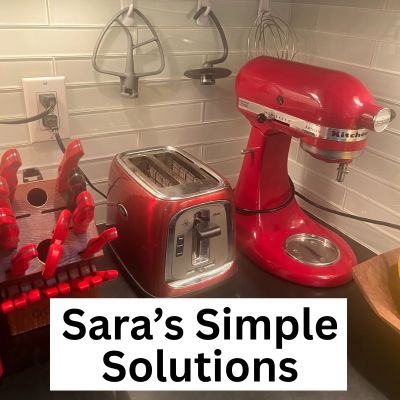7 Tips for Back to School

7 Tips for Back to School
Labor Day has, historically, been my least favorite holiday. As a summertime lover, the “End of Summer” sales and Halloween decorations that show up in stores can get me a little down. When I was growing up in the DC area, the weather was notorious for raining on the first day of school, marking a distinct end to the fun. Now I see Labor Day as marking new beginnings. Even though I don’t have kids of my own, helping parents prepare for the first day of school has always brought me joy. While this post is mainly geared towards parents and caregivers of elementary and middle school aged kids, these tips can be applied for all people of all ages.
1) School Lunches: Eating a well balanced diet will help regulate mood, energy levels, and kid’s brain function optimally. Make sure each lunch has good quality protein, fat and healthy complex carbohydrates so that the kiddos don’t suffer through a quick drop in blood sugar levels. If you can, meal prep at the beginning of the week by cutting up loads of fruits and veggies. Portion these out with a protein, for example:hard boiled eggs, tuna, chicken or beef. Pre-sliced lunch meat can be more convenient, yet it can have additives, so make sure to read the labels. Look for containers that have separate compartments so that the foods stay fresh, like these Bentgo Boxes. If your kiddo tolerates nuts, those are a great source of protein and fat which will help them metabolize the sugar in the fruit. Beans like kidney, garbanzo, black beans and pinto beans are a great choice for a “carb”, as they have a much lower glycemic load than bread or pretzels, so will break down much slower.
2) Study Area: Create a distraction-free study area where visual and audible stimulation is minimized. Use decorative letters to put their name on the wall or on their desk so that they have a sense of connection and belonging to the space. Diffusing essential oils can also help reinforce the habit of doing homework. Use a Time Timer to help remind kids when to take breaks and to help them manage their time.
3) Homework: Use a folder specifically labeled for homework (and anything to be signed by the parents), so kids know where to put it when they’re done. Keep this folder in their backpack. When work comes back home and doesn’t need to be returned to school, use plastic sleeves in a binder to store homework for specific classes. That way, they will be able to find it if they need to reference later in the year.
4) Supply Storage: Have one main area to store extra supplies and have them clearly labeled. I love to use small drawers to store individual categories of supplies like pens, pencils, measurement supplies (rulers, compasses, protractors), glue, tape, highlighters, scissors, crayons, paper, etc. Extra folders and binders can be stored vertically. On the desk there can be a small assortment of supplies that get used often, but keep all the extras in a central location for ease of access.
5) Artwork and Projects to Save: Designate a large flat bag, large folder, or box for each kid for each year for artwork they want to save. If something is too large or is falling apart, take a photo of it, and a photo of them with the piece. Kids love seeing photos of their art, but they love seeing photos of themselves even more. It’s a great way to hold onto memories and still have space to create even more art. If they don’t want to save the artwork, consider turning it into wrapping paper. I just received a gift from a friend wrapped in her child’s painting, and I just loved it!
6) Field Trip Slips: Use a cork board next to a large wall calendar to store permission slips and other forms that need to be signed. Put the event on the shared calendar so you and your kids will remember where they are going and when. Once you’ve signed it, put the slip in the folder that goes in the backpack for homework. For other policies and contact info that is specific for that school year, use a binder with clear sleeves to store the information..
7) Backpack Check-Ins: Schedule time regularly (perhaps daily or weekly) to help your kids clean out their backpacks. Take everything out, throw out any trash, file any papers, and make sure the backpack is stocked with all of their age-appropriate necessities. Depending on their needs, you may want to consider making a checklist for items that should go in the backpack.
When it comes to helping your kids stay organized for school, what do you have the most trouble with? Join our free Facebook group “Sparkle Tribe” and let us know! “Sparkle Tribe is an online community to “group think” solutions to organization, creativity and health.
Image Credit: Kimberly Farmer
As an Amazon Associate, I earn from qualifying purchases.




